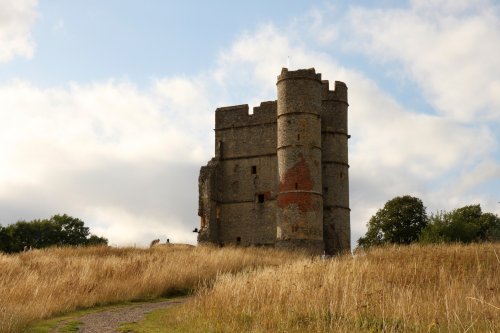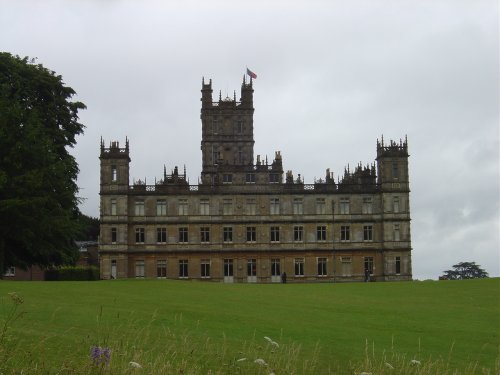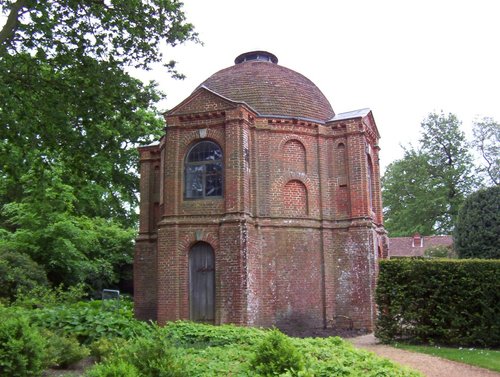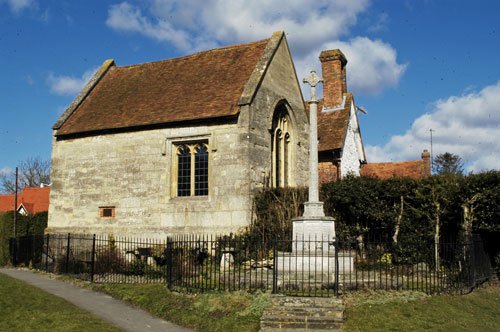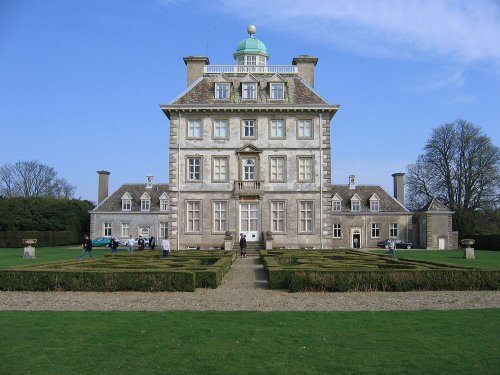Pictures of Newbury
About Newbury
The quiet backwaters of Newbury show some hidden gems, for away from the town if you chance to walk along the towpath of the Kennet and Avon Canal you can see the dreamy spires topping the four corners to the tower of the Church of St.Nicholas reflected in the rippling waters.
This is an old town with a long illustrious history. It is fortunate to be surrounded by the stunning countryside of the North Wessex Downs, an area of Outstanding Natural Beauty and the Downs rising up from the Valley of the Kennet south of the town. Newbury's position on the banks of the Kennet and Avon Canal, has in the past contributed greatly to the town's prosperity.
As early as the 15th century there was a factory here employing almost 1000 wool-weavers. Many have considered this to be England's first real factory, it was established by John Winchcombe, who later became known as Jack of Newbury. The history of the town as a cloth-making centre is recalled in the beautiful three storied Jacobean property known as the Old Cloth Hall. This building is on the Wharf, it now houses the West Berkshire Museum.
The church dedicated to Saint Nicholas was built in the early 16th century by John Winchcombe (Jack of Newbury) and his son. The church is perpendicular in style, with many amazing features and treasures from the past. It also contains roof bosses and windows as memorials to the Winchcombe family.
Historically, this town was the scene of two English Civil War battles. These took place in 1643 and 1644, locally they are known as the first (1643) and second (1644) Battles of Newbury.
Newbury is a lovely town, it is rich in 17th century buildings with the Tudor granary building being of immense attraction. This can be found at the side of the Kennet and Avon canal, it now houses arts, crafts and design galleries, with relaxing tea and coffee lounges.
At the centre of the town is the elaborate Corn Exchange, this was built in 1861 to a design by J.S.Dodd, it perfectly reflects the elegance of 19th century architecture and the prosperity of the town traders. Today, the Corn Exchange serves as a theatre with regular stage performances, a bar and a cafe, the building also makes a grand back-drop for the town's lively open-air market.
During the 20th century Newbury was used by the military, a large Airforce base was established during the Second World War, and in the 1950's it became a base for U.S. Airforce bombers and tankers. In the 1980's there was a huge outcry against the setting up of a base for the launching of nuclear-armed missiles, often the site was besieged by as many as 4,000 protestors. Happily, with the end of the Cold War the site was broken up and much of the area restored to heathland and nature.
Although many prominent commercial enterprises are situate in the town, it is also a place for leisure and pleasure, a really pleasant place to visit for that special weekend or relaxing break. In summertime the tow-paths of the Kennet and Avon canal offer cheerful places to wander and enjoy watching colourful river-craft, regal swans and whole families of ducks. Newbury Race-course at the edge of the town usually attracts an enthusiastic crowd for their excellent race-meetings. Donnington Castle is but a couple of miles out of the town, also at the edge of Newbury, on the banks of the River Lambourn, visitors can find the Watermill Theatre. As the name suggests this theatre was created out of a building which had served as both a corn and paper mill, it is surrounded by pleasant gardens making it an idyllic venue for a romantic evening out.
Newbury holds many attractions, it is a place with much to see, admire and explore. Visitors wishing to tarry will find splendid hotels, excellent inns, pubs, restaurants both in the town and it's surrounding countryside.
Interesting & Historical Facts about Newbury
 When King Stephen, who was holding John Marshal's young son 'William' hostage outside the besieged Newbury Castle, sent word that if John did not surrender he would hang the young boy, John responded by saying that he did not care about the child, since he still had the anvils and hammers to produce even finer sons!
However, the king could not bring himself to harm the boy (who was just 5 yrs old), and the young William Marshal would live and grow up to become England's Greatest ever Knight.
When King Stephen, who was holding John Marshal's young son 'William' hostage outside the besieged Newbury Castle, sent word that if John did not surrender he would hang the young boy, John responded by saying that he did not care about the child, since he still had the anvils and hammers to produce even finer sons!
However, the king could not bring himself to harm the boy (who was just 5 yrs old), and the young William Marshal would live and grow up to become England's Greatest ever Knight.
Newbury facts |
Berkshire facts  When King Stephen, who was holding John Marshal's young son 'William' hostage outside the besieged Newbury Castle, sent word that if John did not surrender he would hang the young boy, John responded by saying that he did not care about the child, since he still had the anvils and hammers to produce even finer sons!
However, the king could not bring himself to harm the boy (who was just 5 yrs old), and the young William Marshal would live and grow up to become England's Greatest ever Knight.
When King Stephen, who was holding John Marshal's young son 'William' hostage outside the besieged Newbury Castle, sent word that if John did not surrender he would hang the young boy, John responded by saying that he did not care about the child, since he still had the anvils and hammers to produce even finer sons!
However, the king could not bring himself to harm the boy (who was just 5 yrs old), and the young William Marshal would live and grow up to become England's Greatest ever Knight.